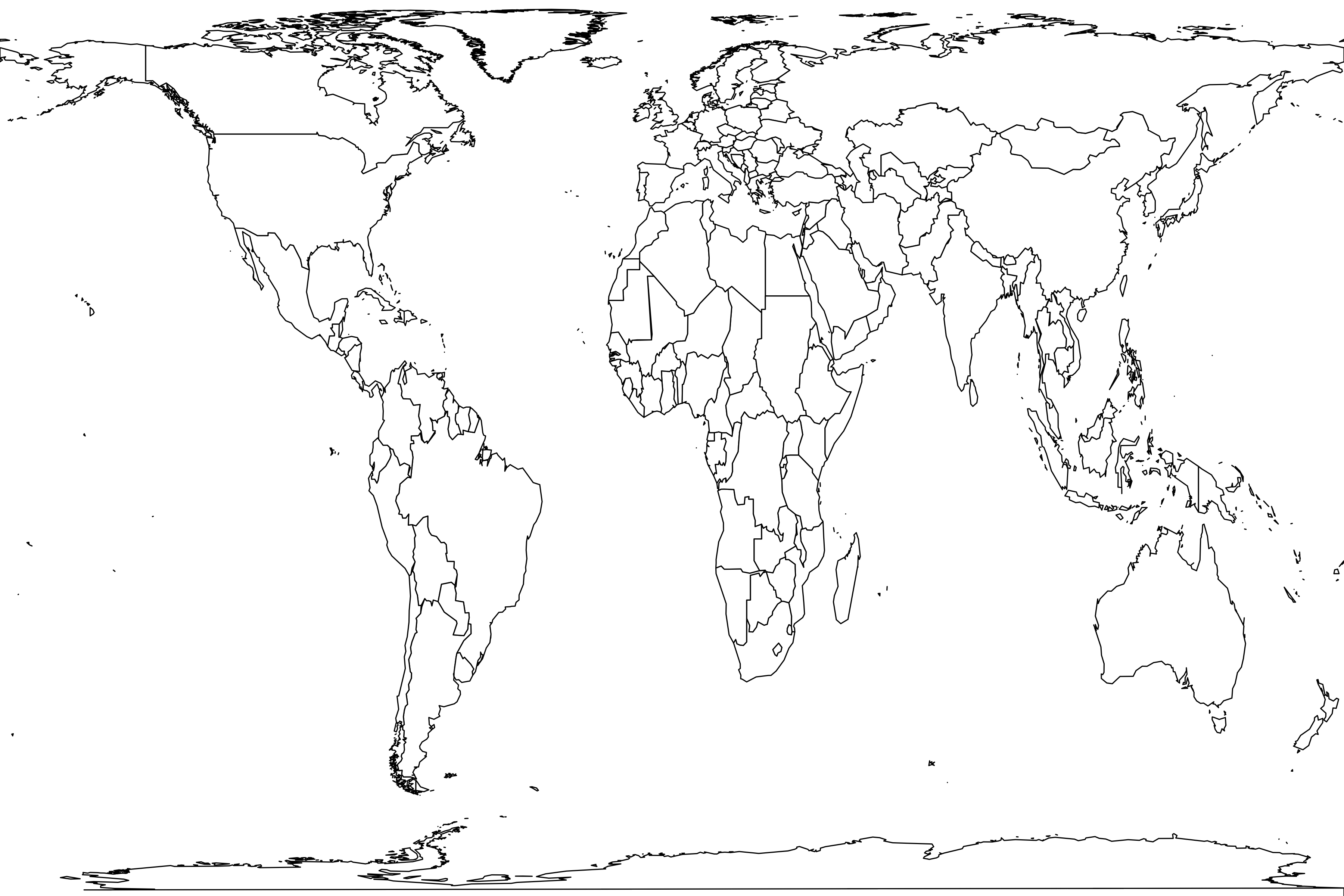Tappeh Sang-e Chakhmaq (West Mound)
Basic information
Sample name: Tappeh Sang-e Chakhmaq (West Mound)
Reference: K. Roustaei, M. Mashkour, and M. Tengberg. 2015. Tappeh Sang-e Chakhmaq and the beginning of the Neolithic in north-east Iran. Antiquity 89(345):573-595 [ER 3764]
Geography
Country: Iran
State: Semnan
Coordinate: 36° 29' 59" N, 55° 0' 2" E
Coordinate basis: stated in text
Time interval: Holocene
Max Ma: 0.008067
Min Ma: 0.007983
Age basis: radiocarbon (uncalibrated)
Geography comments: "Tappeh Sang-e Chakhmaq lies on the plain of Bastam in the Alborz foothills about 8km north of the town of Shahroud, in northern Semnan Province, Iran. It is about 400km east of Tehran".
Radiocarbon dates for the West Mound settlement range from 8067 ± 31 to 7983 ± 26 BP. "It was founded around c. 7000 BC and lasted for about 300 years, until around 6700 BC".
Radiocarbon dates for the West Mound settlement range from 8067 ± 31 to 7983 ± 26 BP. "It was founded around c. 7000 BC and lasted for about 300 years, until around 6700 BC".
Environment
Lithology: ash
Taphonomic context: human accumulation,settlement
Archaeology: buildings,ceramics,hearths,stone tools,other artifacts
Habitat comments: "The site comprises two adjacent mounds some 100m apart, the West Mound and the East Mound. The West Mound is circular in shape, covers c. 0.4 ha and rises c. 3 m above the surrounding ground. The sequence included in situ eroded accumulations of mud-brick or pisé architecture interspersed with thick ash or charcoal layers from possible hearths. Two small pieces of pottery were found confirming its use at the site".
"The lithic industry of the West Mound is largely dominated by unretouched bladelets and blades, with only a few backed bladelets, drills, geometrics, end scrapers and cores. Light brown chert, grey flint and chalcedony were the favoured materials, but a few items made of obsidian were also found. Most of the recovered small finds were objects made of stone or baked and unbaked clay. After lithics, clay objects were the most numerous small find. A large number of the clay objects represented parts of clay figurines, both anthropomorphic and zoomorphic, and in rare cases, geometric ‘tokens’".
"The lithic industry of the West Mound is largely dominated by unretouched bladelets and blades, with only a few backed bladelets, drills, geometrics, end scrapers and cores. Light brown chert, grey flint and chalcedony were the favoured materials, but a few items made of obsidian were also found. Most of the recovered small finds were objects made of stone or baked and unbaked clay. After lithics, clay objects were the most numerous small find. A large number of the clay objects represented parts of clay figurines, both anthropomorphic and zoomorphic, and in rare cases, geometric ‘tokens’".
Methods
Life forms: carnivores,ungulates,other small mammals,turtles
Sampling methods: quarry
Sample size: 83 specimens
Years: 2009
Sampling comments: "In April 2009 a 2.5 × 1m sounding was opened in the West Mound. Virgin soil was reached at a depth of 2.43m below the present ground surface. In the excavated sequence 49 contexts (100–148 from top to bottom) were recognised and divided into four phases". No information is provided on whether the material was screened.
Metadata
Sample number: 4026
Contributor: Benjamin Carter
Enterer: Benjamin Carter
Created: 2022-10-24 11:52:23
Modified: 2022-10-24 01:02:18
Abundance distribution
11 species
3 singletons
total count 83
geometric series index: 18.5
Fisher's α: 3.400
geometric series k: 0.7411
Hurlbert's PIE: 0.8365
Shannon's H: 1.9950
Good's u: 0.9641
Each square represents a species. Square sizes are proportional to counts.
• Find matching samples
Register
| Capra aegagrus hircus | 16 | 22 kg browser-grazer |
| Ovis sp. | 2 | |
| also 111 Caprinae indet. | ||
| Bos sp. | 1 | |
| Gazella subgutturosa | 15 | 17 kg grazer |
| Cervus elaphus | 1 | 142 kg browser-grazer |
| also 635 Ruminantia indet. | ||
| Canis sp. | 4 | |
| Vulpes sp. | 1 | |
| Martes foina | 10 | 1.3 kg carnivore-frugivore |
| Mustela sp. | 10 | |
| cf | ||
| Lepus europaeus | 20 | 3.4 kg herbivore |
| Testudo graeca | 3 | |


